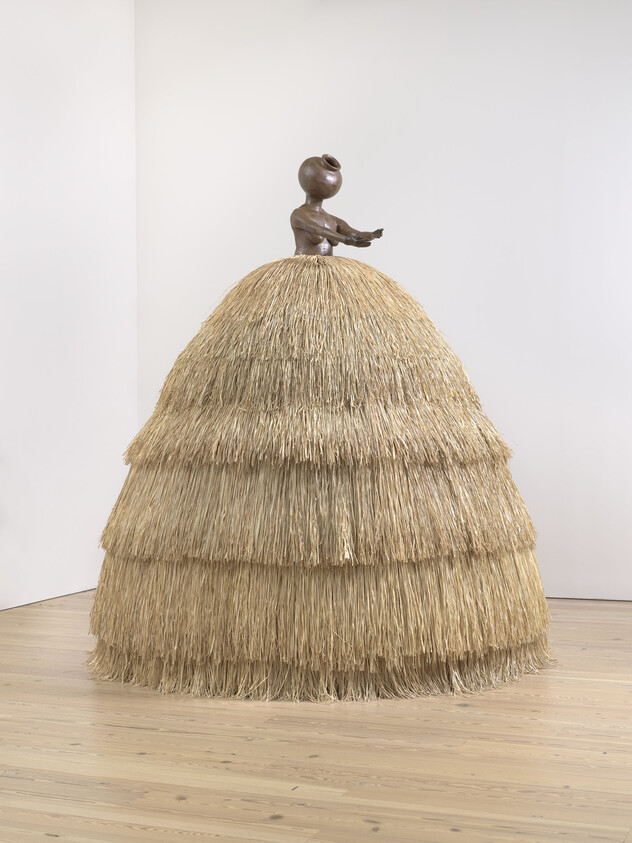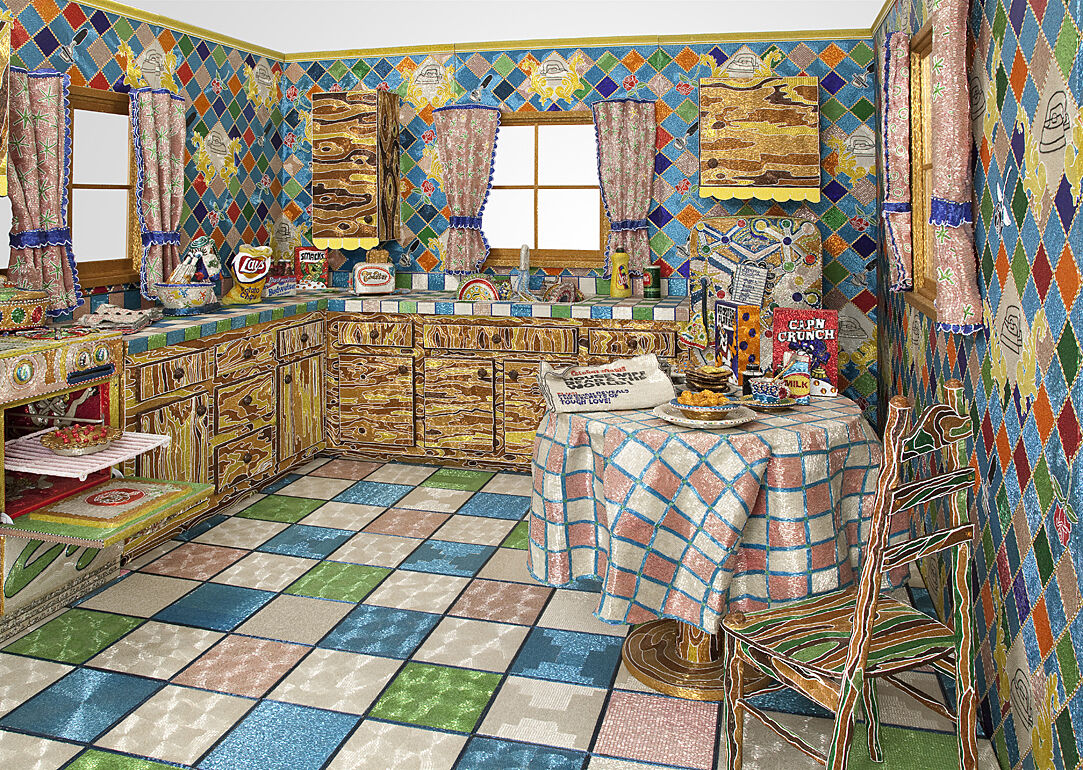Visual description
Cupboard VIII is a monumental sculpture by the artist Simone Leigh made in 2018. Measuring at about 10 feet high, over half of the sculpture’s height consists of a towering, dome-shaped structure that rests flat on the ground. The entire surface of this structure is covered in four successive tiers of raffia, which gives it the appearance of a thatched roof or building, alluding to Leigh’s interest in North and West African vernacular architecture.
Out of the top of this domed structure emerges a bare female torso, whose arms are outstretched forward at about a 90 degree angle. The torso has been built out of stoneware and glazed a deep bronze color, exhibiting Leigh’s foundational training and skill as a ceramist. The fingers of each hand, which point upright and slightly towards one another, are flat and held tightly together, giving them a certain solidity, as though they would have the ability to hold water if it were to rain.
While the majority of the figure’s torso appears highly naturalistic, there is a rounded vessel in place of the woman’s head. This pot is nearly spherical in shape, and is about twice the size of a human head. It is set at a slight angle atop the figure’s neck, so that the rimmed opening of the vessel tilts up and slightly forward at a 75 degree angle. Given that the vessel is slightly wider at its mid-region, this subtle tilt gives the pot an almost round shape when viewed in profile. As the vessel is the same deep bronze color and material as the rest of the figure’s torso, the vessel seems to grow organically out of the figure’s neck. Therefore, in addition to the sculpture’s almost architectural construction, it also appears (especially from afar) as the monumental figure of a Black woman wearing a voluminous raffia skirt.
As a Black woman and scholar of Black feminist thought, Leigh has often noted that she sees Black women as the primary subjects of and audience for her work. Cupboard VIII embodies the ways in which Leigh seamlessly intertwines the symbolic and material histories of oppression, resistance, knowledge, and power embedded in Black femme subjectivity, while foregrounding the beauty, dignity and visibility of her subjects.
Not on view
Date
2018
Classification
Sculpture
Medium
Stoneware, steel frame, raffia, slip
Dimensions
Overall: 125 × 120 × 120 in. (317.5 × 304.8 × 304.8 cm)
Accession number
2019.15a-d
Credit line
Gift of Bridgitt and Bruce Evans
Rights and reproductions
Simone Leigh
Audio
-
0:00
Simone Leigh, Cupboard VIII, 2018
0:00
Narrator: When you approach this sculpture—especially from kid height—it may look like a giant haystack. It’s actually made out of raffia—a kind of dried palm leaf used as a building and craft material in West Africa. Simone Leigh uses her sculpture to celebrate the women of the African diaspora—meaning women whose ancestors come from Africa, no matter where they live now. On top of the raffia skirt, you’ll see the form of a woman made in a glowing, brown-glazed clay. If you look closely, you’ll see that her head takes the form of a jug. Leigh modeled this form on jugs made by enslaved people in the American South. The figure has no eyes, mouth, or nose—the sense of expression comes entirely from the tilt of her head, and the open gesture of her arms.
Installation photography
-
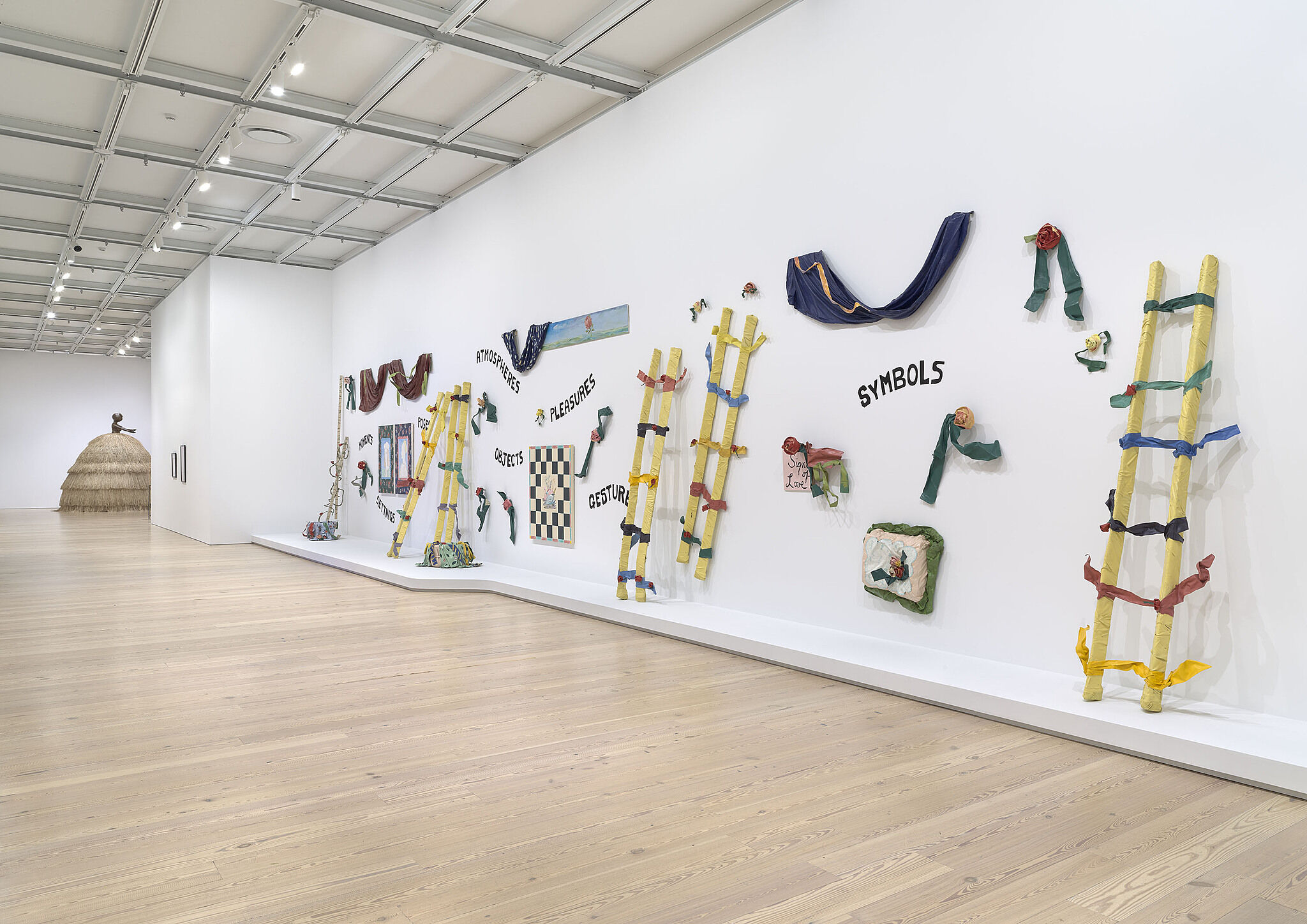

Installation view of Making Knowing: Craft in Art, 1950–2019 (Whitney Museum of American Art, New York, November 22, 2019–February 20, 2022). From left to right: Simone Leigh, Cupboard VIII, 2018; Ree Morton, Signs of Love, 1976. Photograph by Ron Amstutz
From the exhibition Making Knowing: Craft in Art, 1950–2019
-
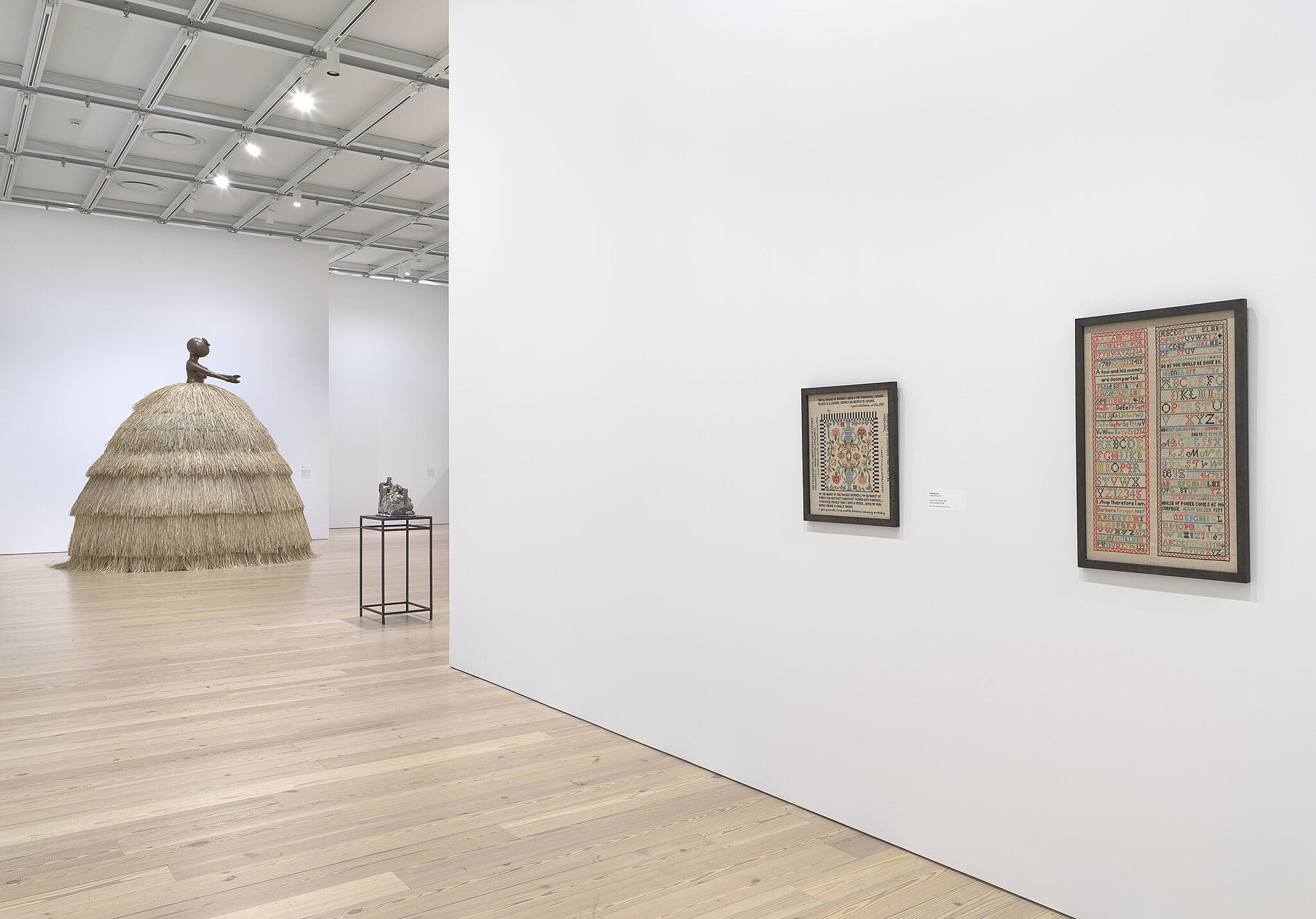

Installation view of Making Knowing: Craft in Art, 1950–2019 (Whitney Museum of American Art, New York, November 22, 2019–January 2021). From left to right: Simone Leigh, Cupboard VIII, 2018; Kahlil Robert Irving, 100’s, 2018; Elaine Reichek, Sampler (The Ultimate), 1996; Elaine Reichek, Sampler (Kruger/Holzer), 1998. Photograph by Ron Amstutz
From the exhibition Making Knowing: Craft in Art, 1950–2019
-
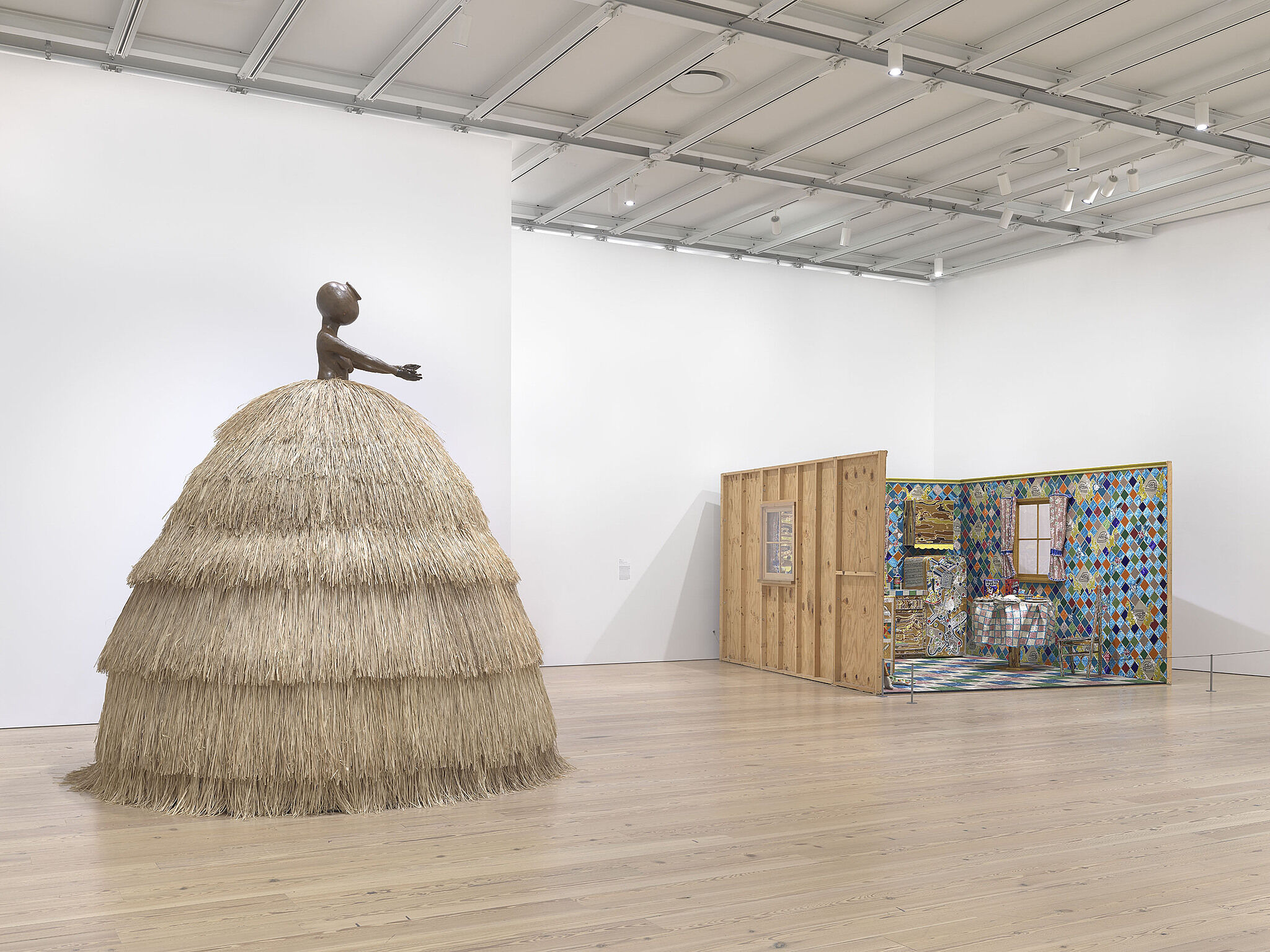

Installation view of Making Knowing: Craft in Art, 1950–2019 (Whitney Museum of American Art, New York, November 22, 2019–January 2021). From left to right: Simone Leigh, Cupboard VIII, 2018; Liza Lou, Kitchen, 1991–96. Photograph by Ron Amstutz
From the exhibition Making Knowing: Craft in Art, 1950–2019
-
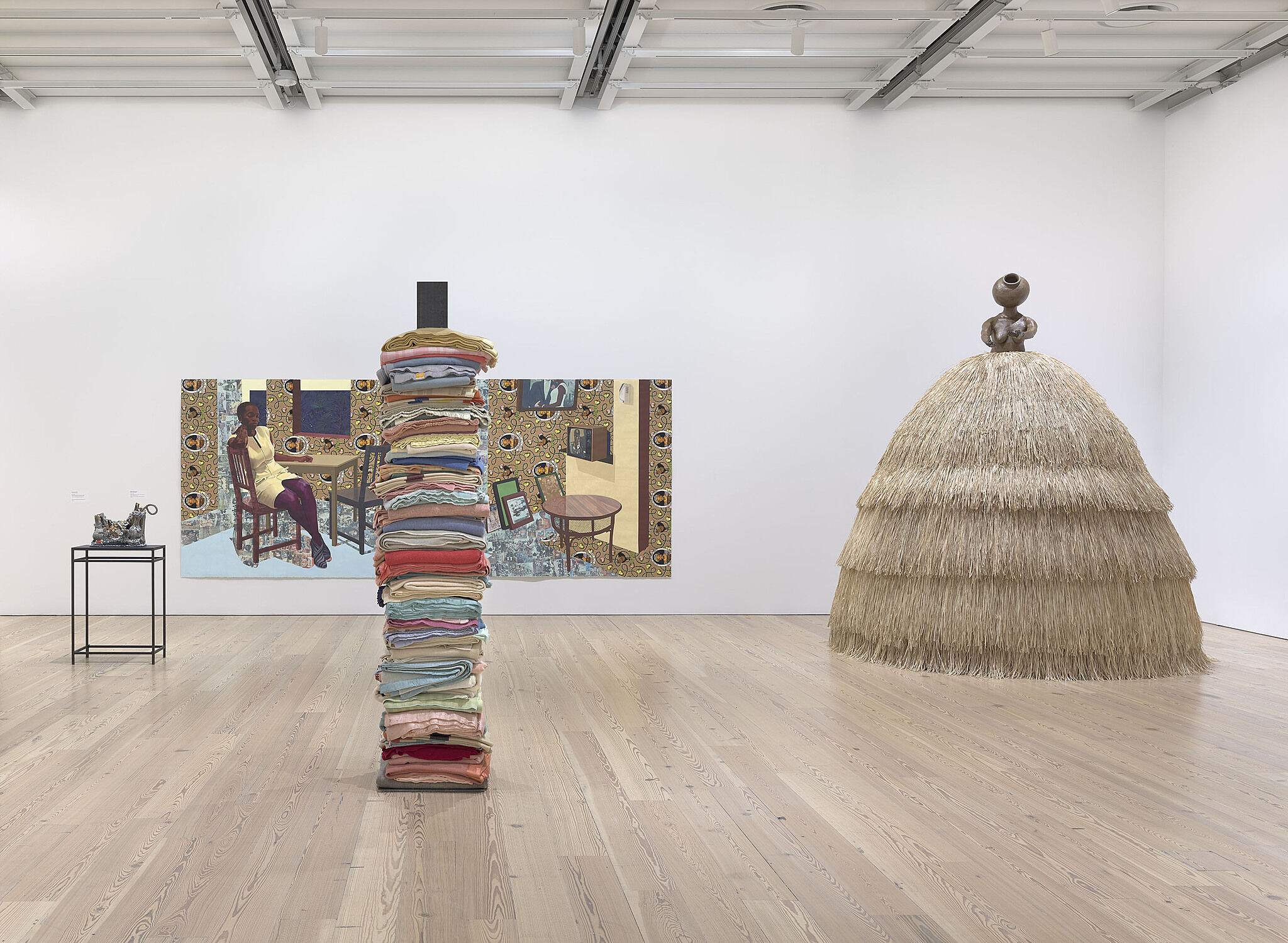

Installation view of Making Knowing: Craft in Art, 1950–2019 (Whitney Museum of American Art, New York, November 22, 2019–January 2021). From left to right: Kahlil Robert Irving, 100’s, 2018; Njideka Akunyili Crosby, Portals, 2016; Marie Watt, Skywalker/Skyscraper (Axis Mundi), 2012; Simone Leigh, Cupboard VIII, 2018. Photograph by Ron Amstutz
From the exhibition Making Knowing: Craft in Art, 1950–2019
-
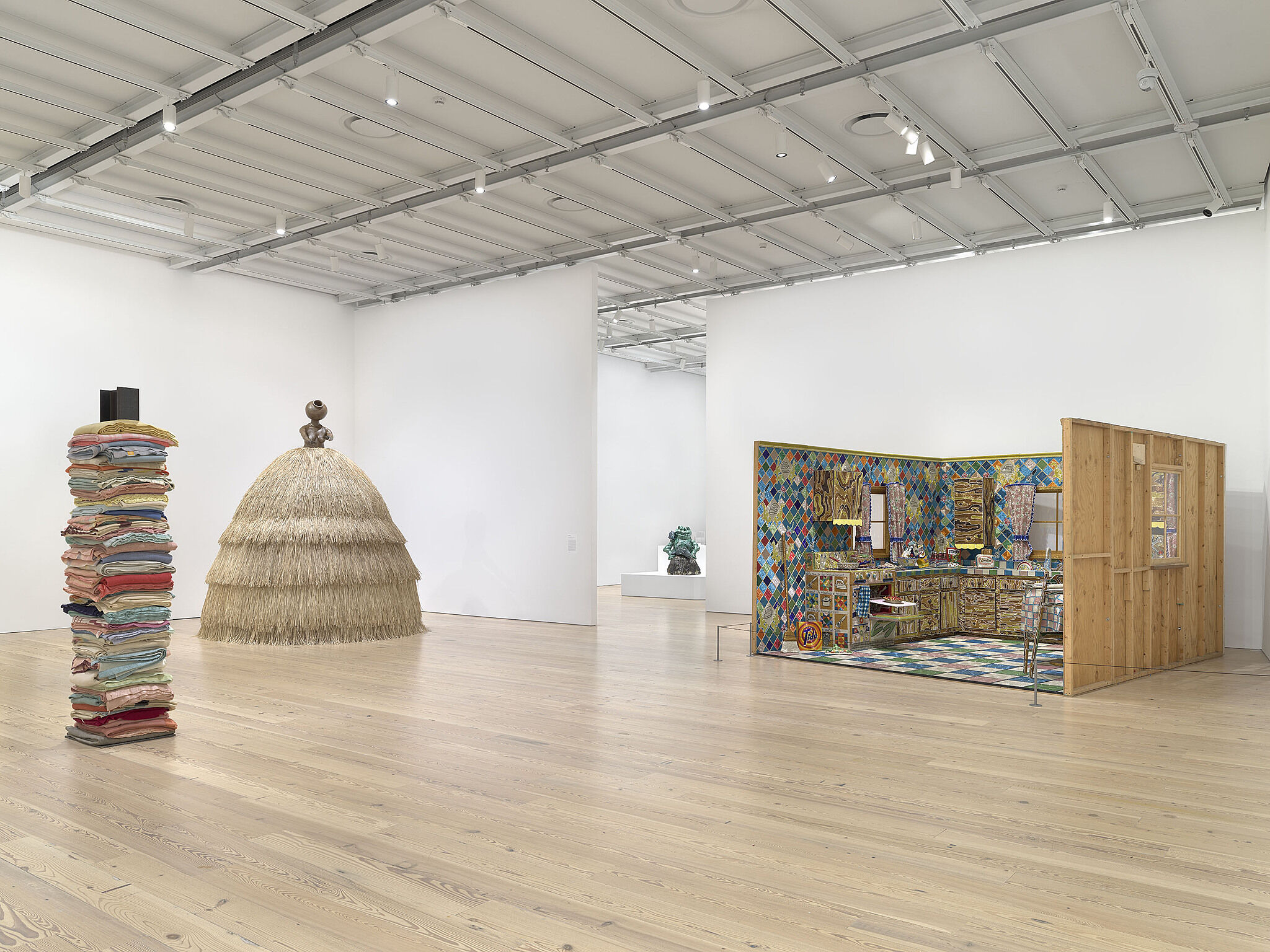

Installation view of Making Knowing: Craft in Art, 1950–2019 (Whitney Museum of American Art, New York, November 22, 2019–January 2021). From left to right: Marie Watt, Skywalker/Skyscraper (Axis Mundi), 2012; Simone Leigh, Cupboard VIII, 2018; David James Gilhooly, Merfrog and Her Pet Fish, 1976; Liza Lou, Kitchen, 1991–96. Photograph by Ron Amstutz
From the exhibition Making Knowing: Craft in Art, 1950–2019

